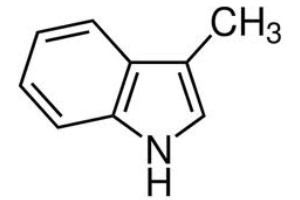RESEARCH: Gene SNP influence on skatole in boar back fat

German scientists have investigated the affect a single nucleotide polymorphism (SNP) on the porcine cytochrome p450 II E1 gene (CYP2E1) may have on skatole concentrations in boar back fat. Caracasses with the CC genotype had a higher incidence of boar taint than other investigated genotypes.
The prevention of unpleasant boar taint is the main reason for castration of male piglets. This study aimed to investigate how the malodorous compound skatole is affected by a single nucleotide polymorphism (g.2412 C>T at − 586 ATG) in the porcine cytochrome p450 II E1 (CYP2E1) gene.
Two commercial Duroc-sired crossbred boar populations (number=119) raised at different farms were investigated. Skatole and androstenone in backfat averaged 114 ± 125 ng/g and 1206 ± 895 ng/g melted fat, respectively.
The frequency of the genotypes CC, CT, and TT was 25, 52, and 23%, respectively.
CC boars had the highest average skatole levels (175 ng/g) compared to CT (92 ng/g) and TT (93 ng/g).
Applying suggested sensory threshold levels for skatole (> 150 ng/g) and androstenone (> 2000 ng/g), 30% of the carcasses may be unacceptably tainted while the proportion of tainted carcasses is significantly higher within genotype CC (56.7%) compared to genotypes CT (24.3%) and TT (14.8%).
Effective reduction of tainted carcasses appears feasible applying marker assisted selection.
Source: Meat Science











